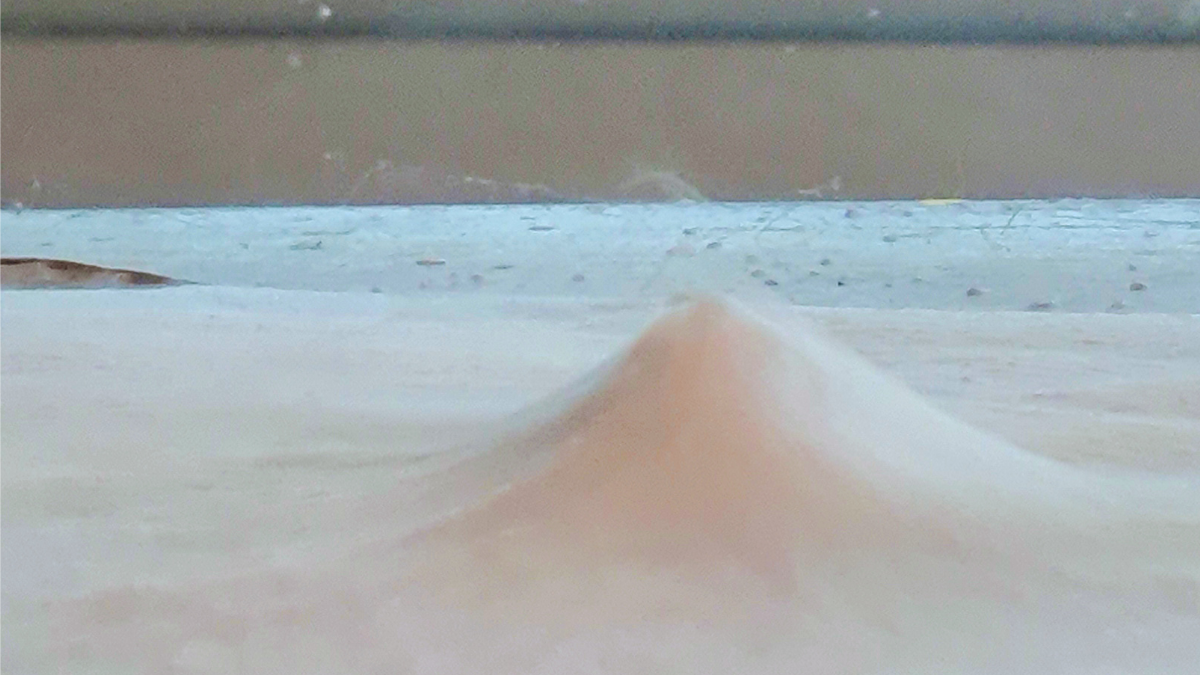Researchers at the University of Surrey have developed a novel method for electrospinning sponges, enabling the creation of three-dimensional scaffolds that can support the growth of patient-derived skin transplants.

Electrospinning is a technique that electrifies droplets of liquid to form fibers from plastics. Previously, scientists had only been able to make 2D films. This is the first time anybody has electro-spun a 3D structure directly and on-demand so that it can be produced to scale. Image Credit: University of Surrey
After spinning these scaffolds, we grew skin cells on them. Seven days later, they were twice as viable as cells grown on 2D films or mats. They even did better than cells grown on plasma-treated polystyrene – previously, the gold standard. They were very happy cells on our 3D scaffolds!
Chloe Howard, Postgraduate Researcher, School of Computer Science and Electronic Engineering, University of Surrey
Howard said, “Our findings pave the way for harvesting a patient’s own skin cells and multiplying them. These grafts could treat chronic wounds better and faster.”
Scientists prepared a solution that included gelatin and polycaprolactone (PCL) - a biodegradable polymer that is compatible with human tissue. They injected the solution into an electrical field using a syringe, which elongated it into nanofibers.
This method is affordable, scalable, and easy to use. The researchers are hoping that this technique may also be employed in other medical fields.
Electrospinning is extremely adaptable. We can mimic the way that muscle fibers behave by spinning fibers that align in the same direction. This technique could one day create artificial skin, bone, and cartilage too – helping people recover from wounds quicker, and with better long-term results.
Dr. Vlad Stolojan, Associate Professor, University of Surrey
The research was published in the journal Nanomaterials.
This study illustrates Surrey's contribution to UN Sustainable Development Goals 3 (health and well-being), 9 (industry, innovation, and infrastructure), and 12 (responsible production and consumption).
Journal Reference:
Howard, C. J., et al. (2023) The Manufacturing Conditions for the Direct and Reproducible Formation of Electrospun PCL/Gelatine 3D Structures for Tissue Regeneration. Nanomaterials. doi.org/10.3390/nano13243107